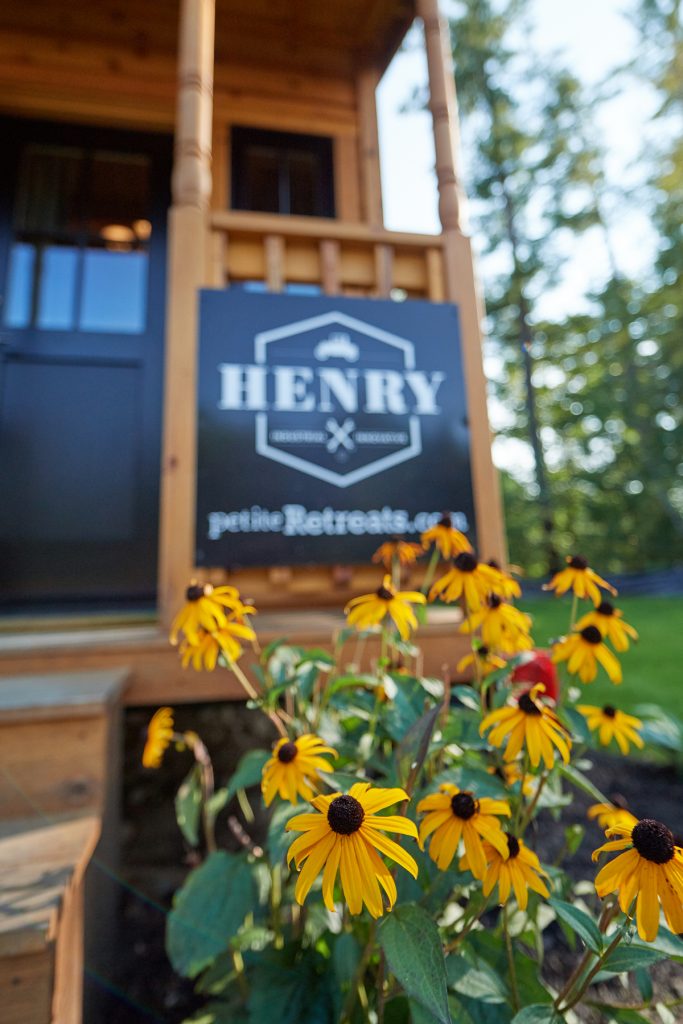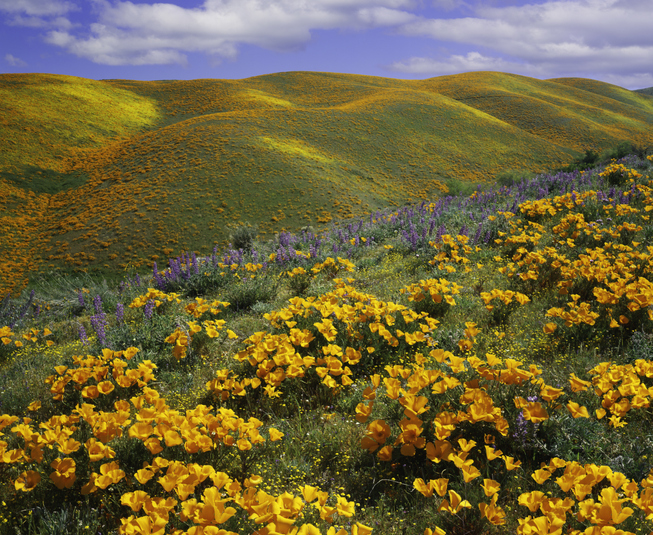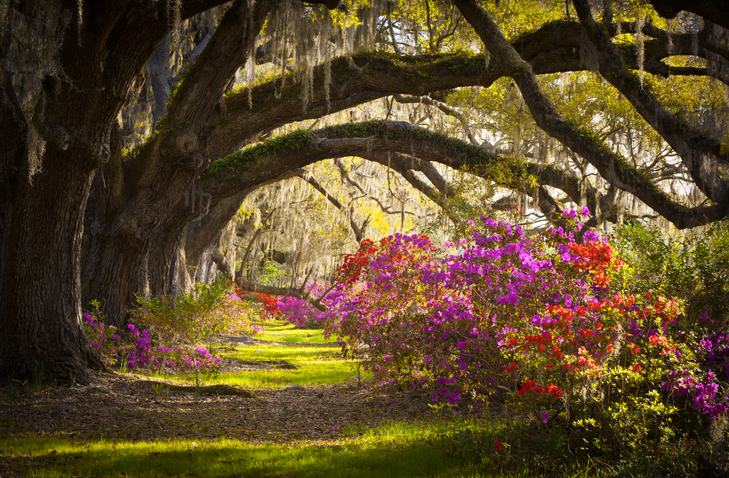
June blooms are all around, so we thought we’d highlight some of the indigenous floras around our country (some are always in bloom and some are seasonal, so plan accordingly).
Texas Bluebonnets: This pretty, little blue flower, so named because its petals resemble a sunbonnet, can be found in full bloom across Texas in the spring. In fact, the town of Burnet (outside Austin) is considered the Bluebonnet Capital of Texas and celebrates each year with a festival. Fredericksburg is also a great spot to see the bluebonnets and other Texas wildflowers in their full spring glory via the Willow City Loop trail.
Best time to see: March through mid-April.
Where to stay: Spend the night in a cozy cabin at Medina Lake to round out your Bluebonnet trip.

California Poppies: The state’s official flower since 1903, the California Poppy, or Golden Poppy, is native to California. The Native Americans who lived in the area found the flower a great source for both food and cooking oil. While poppies can be found throughout the state, the best place to see them is the Antelope Valley California Poppy State Natural Reserve near Lancaster. The Reserve has the most consistent blooms of the poppy. P.S. – Harry and Meghan fans may find it interesting that the Duchess of Sussex honored her California roots and had the poppy embroidered into her wedding veil, as well as made a part of her official coat of arms.
Best time to see poppies: Mid-March to mid-May.
Where to stay: Call it a night in a cozy cabin at Soledad Canyon.
Florida Mangroves: This Florida native does so much for so many – from providing shelter to Florida’s animal kingdom to playing an important role in the overall health of the coastal ecosystem. Four types of mangroves can be found in southern Florida and those are the red mangrove, black mangrove, white mangrove, and the buttonwood. Guided tours through mangrove tunnels are available in the Everglades as well as the Keys and several hiking opportunities are available too. For hiking options, check out floridahikes.com/mangroves.
Where to stay: Vacation tiny at the Sunshine Key Tiny House Village, or opt for a more woodsy accommodation with a cabin at Miami Everglades.

South Carolina Spanish Moss: When you picture the South, don’t most of those visions include trees draped with Spanish Moss? Which then begs the question, just what is Spanish Moss? It is not a tree or moss at all, but instead a plant from the bromeliad family that uses the trees they drape for support but not at all for nutrients. Those come instead from the moisture in the air and rainwater running down the tree’s bark, among other things. The Low Country of South Carolina is a great place to see an abundance of Spanish Moss.
Sedona’s Prickly Pear: One of the most famous cacti native to the southwest is the saguaro, but when it comes to Sedona, Arizona, the popular cacti here is the prickly pear (fun fact: Red Rock country’s elevation is too high for the saguaro). Squat and low to the ground, unlike the taller saguaro, the prickly pear cactus can be identified by its flat pads. And, the fruit of the prickly pear can be eaten raw but is most delicious when made into a wine or syrup.
Where to stay: Check into a cozy cabin or tiny house at Verde Valley, and while you’re there, head to Alcantara Winery, which is conveniently located right next to Verde Valley.

